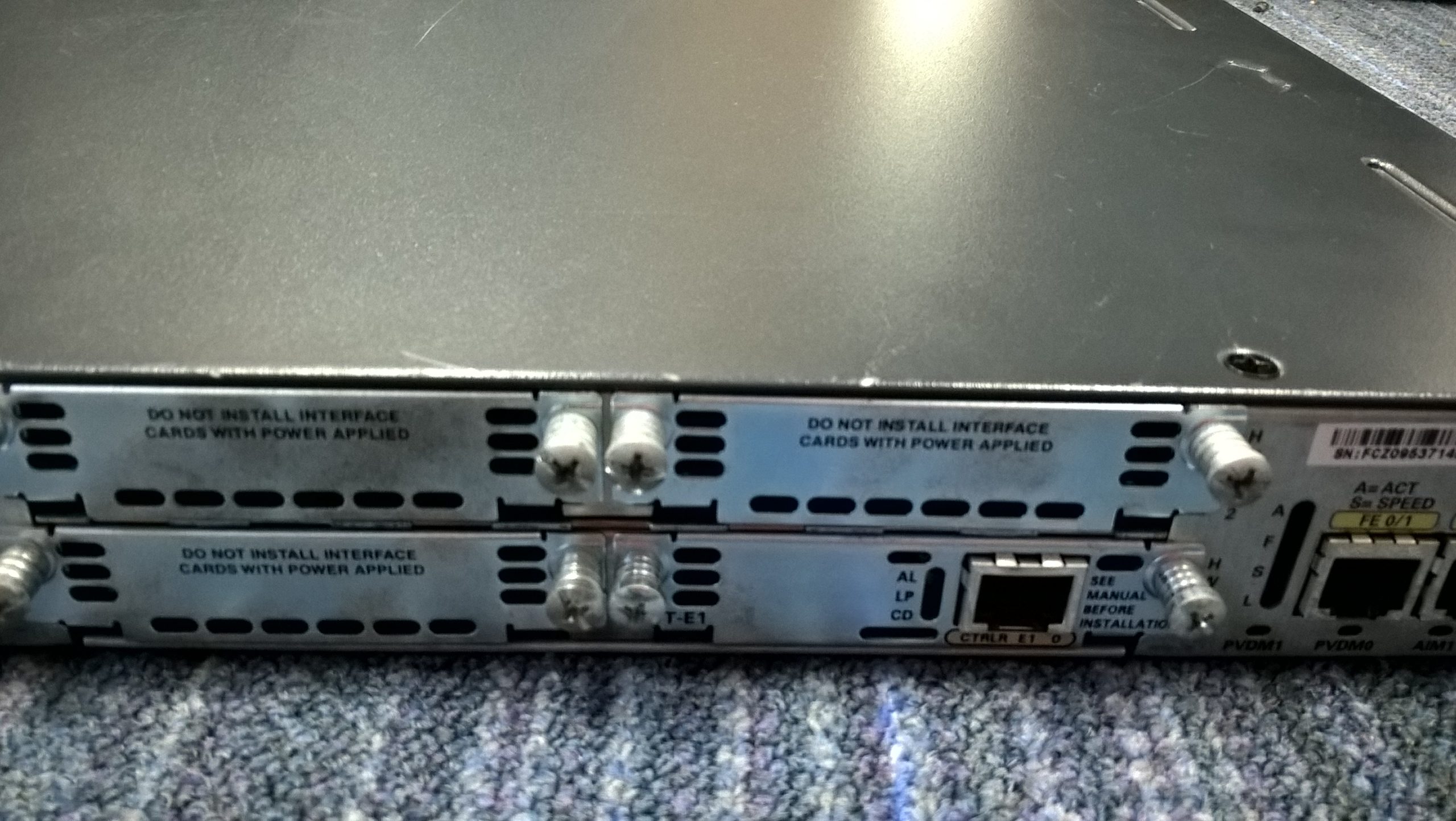Troubleshooting Audio Issues on a New Gaming Laptop: A Frustrating Experience
As an audio technician, I recently encountered an unexpected challenge with my new gaming laptop—specifically, persistent audio interference that has left me scratching my head. My device, a Lenovo Legion 5 equipped with an AMD Ryzen 7 processor and an RTX 3060 graphics card, was something I had eagerly awaited. Unfortunately, my excitement turned to frustration as I confronted a baffling audio problem right out of the box.
Upon receiving the laptop, I noticed that when I plugged in my headphones into the 3.5mm jack on the left side, I was met with a consistent crackling and static sound whenever I played music on Spotify or started a video on YouTube. This interference didn’t just stop when I paused playback; it lingered for an additional 5 to 10 seconds, disrupting my experience. Interestingly, the static occurred even on startup when Discord—the program I use for communication—automatically launched. It felt as if I was hearing interference from the sound card itself, and the volume of the static was quite bothersome, comparable to about a third of my music volume.
In an effort to resolve the issue, I tried numerous troubleshooting methods, including disabling audio enhancements, unplugging the charger, and even updating the BIOS. While my Bluetooth headphones functioned without a hitch, they lacked the audio quality I rely on for my work. Ultimately, I resorted to using a USB-C to 3.5mm adapter, which produced clean sound without any static. This led me to suspect that the problem lay within the laptop’s 3.5mm audio port.
Frustrated, I returned the initial laptop and was sent a replacement. To my dismay, I encountered the same static issue, albeit with one notable difference: the interference only arose when the laptop was plugged in and the Wi-Fi router was active. If I turned off the router, the static ceased, but naturally, I needed the Wi-Fi connection to use the laptop effectively.
This has left me at a crossroads. My partner’s laptop, as well as my work device (also a Lenovo), doesn’t exhibit this problem, which adds to my confusion. Is this an unusual quirk with my unit, or is it a broader issue with this specific model?
With growing concern about whether to continue troubleshooting or simply return the laptop for a different model, I find myself seeking advice. Should I invest more time and
Share this content:



